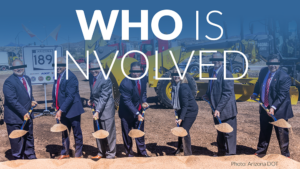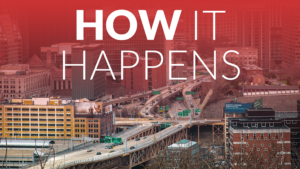Related Resources
Community Connectors Portal: Tools for advocatesHow things happen
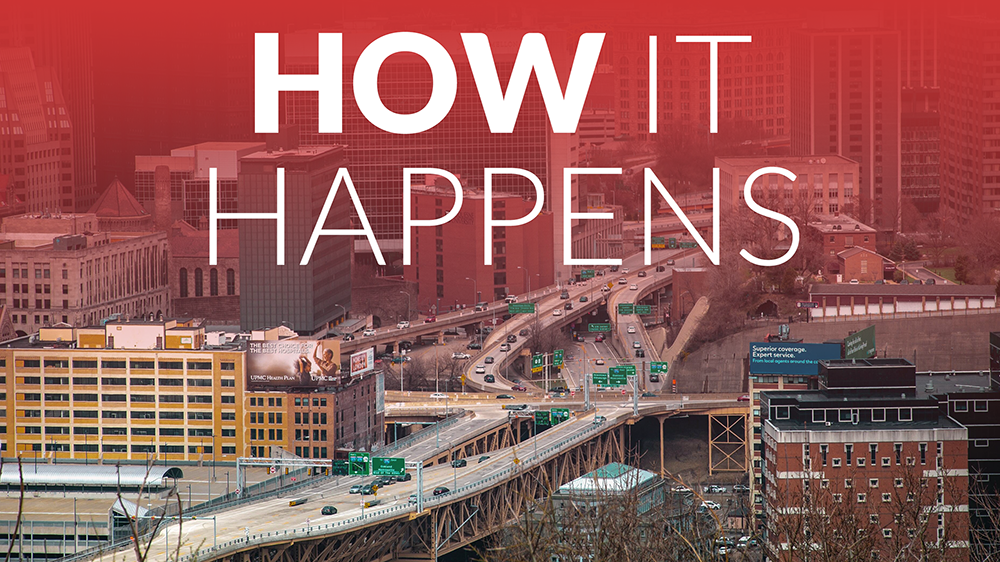
Reauthorization 101: what is transportation reauthorization?
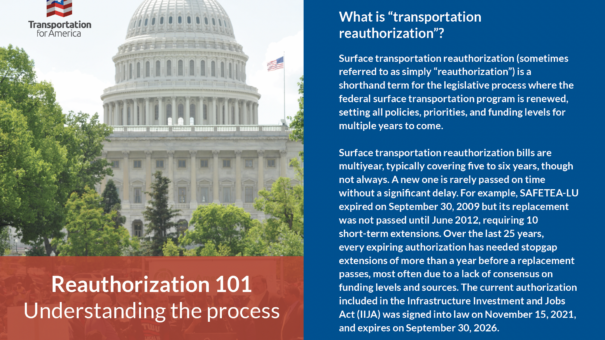
Surface transportation reauthorization (sometimes referred to as simply “reauthorization”) is a shorthand term for the legislative process where the federal surface transportation program is renewed—setting all policies, priorities, and funding levels for multiple years to come. This short guide explains and “dewonks” the basics of the transportation reauthorization process.
Reauthorization 101How is transit funded? Capital costs

Transit funding is divided into two parts, capital and operations expenses. Public agencies of all sorts are tasked with keeping their operating and capital budgets strictly separate, and the two are often administered by entirely distinct offices. Capital costs include projects to expand or improve transit systems, such as adding stations and vehicles. Here are federal funding opportunities to help public transit agencies cover their capital costs.
Funding transit (Capital)How is transit funded? Operations
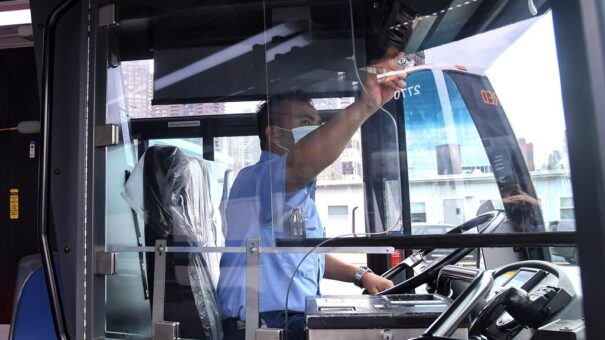
Transit operating costs are the routine, everyday expenses incurred by public transit agencies to run their systems, including hiring and paying workers, fueling and repairing their vehicles, and paying other overhead expenses. This is different from projects with groundbreakings and ribbon cuttings, like building new transit or expanding existing transit, which are called capital projects.
Funding transit (Operations)A plethora of plans: what do they all mean?
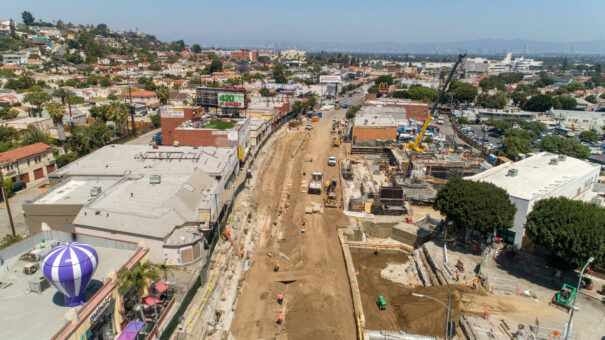
Before projects are developed and funded, states and regions create long-range plans for their transportation systems, which include projections of needs and challenges as well as investments in transportation needed to address them. From this system-wide, long range, states and regions develop short-term plans for specific corridors, walking and biking and much more.
Start deciphering the universe of plans to knowHow are projects chosen for funding?
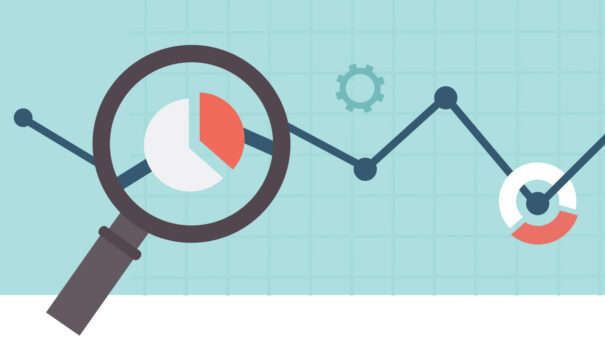
After all the plans above lead to proposed projects, states and regions have to pick which ones to advance. How is one project picked over another? This process, which gets tagged with the label of "programming," is just about deciding where and when shovels eventually end up in the ground on which projects.
Read more about how projects are chosen for fundingThe limitations of environmental laws (like NEPA) to protect communities

The National Environmental Policy Act (NEPA) requires an agency using federal funds to consider the impacts of their alternatives on the environment and the public, choose their preferred alternative and then take steps to avoid, minimize, or compensate for any damage—even when they cannot do so fully. Environmental reviews do not always result in canceling bad projects, or even substantially changing them.
Learn more about NEPA and environmental reviewsQuick builds: testing new street design improvements
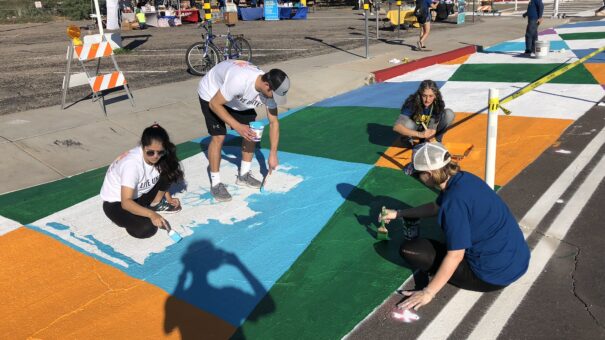
Quick-build projects prioritize affordable, rapid, and temporary solutions to inaccessible and unsafe streetscape conditions. Through this approach to building and designing streets, communities are able to set an example that establishes the need and precedent for continued change. They take lots of forms. Quick-builds can be super quick and flexible, can use heavier materials, and can be incredibly cheap or more substantial.
Quick builds



